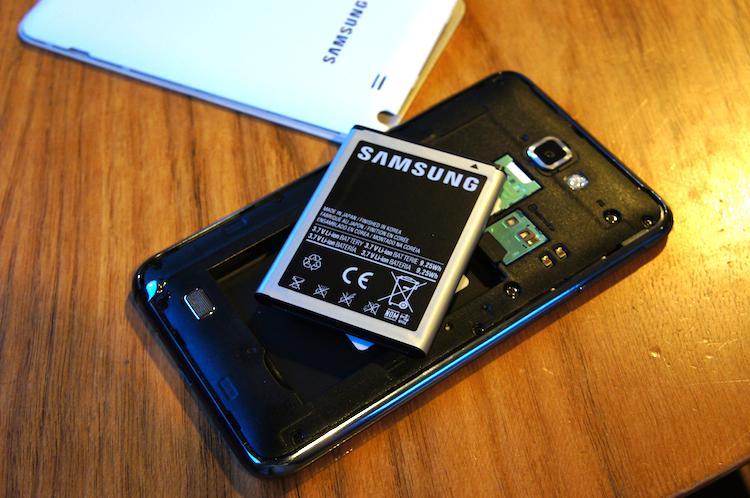
Oh, battery life, when will worrying about you become a thing of the past?
Ever since everyone started to realize that they can do almost everything they do with their computer from a pocket-sized phone, hardware manufacturers have been in a vicious race to make the biggest, baddest, most capable smartphone possible. Through this, however, smartphones have caused nearly as many problems as they have solved. Manufacturers are working to pack more power, more pixels and more connectivity in a smaller package. While several aspects have improved nearly tenfold, other areas have taken a major hit.
Battery life, for example, is a far cry from what it was just a few years ago. My old BlackBerrys would last several days on a single charge without a hitch. Every Android phone I have ever owned, and even both iPhones (the 4 and 4S), have to be charged every night, if not more.
The problem is that there have been next to no real breakthroughs in battery technology. The breakthroughs that have surfaced have either yet to reach a practical use case or are faced with the challenge of a viable manufacturing process. In other words, no battery technology breakthrough has made its way to a consumer device.
Nonetheless, OEMs continue to pack bigger, faster, more power consuming components into their devices. Only they are now trying to accommodate for the extra power consumption by adding battery capacity. Motorola, for example, fitted the DROID RAZR MAXX, an LTE device with a 4.3-inch display and dual-core TI OMAP processor, with a 3,300mAh battery. The Samsung Galaxy Note comes with a 2,500mAh battery to power the enormous, 5.3-inch display.
And, most recently, Apple released the new iPad with its awe-inspiring Retina Display and A5X dual-core processor and LTE connectivity. The iPad 2, which featured a display with a quarter of the resolution, only 3G and Wi-Fi connectivity and half the GPU power, sported a 6944mAh (25W) battery. The new iPad, however, packs nearly double the milliampere-hours with a 11,666mAh (42W) battery.
The worst part of all of this? Despite having enormous batteries inside, these devices hardly last any longer than their counterparts with smaller cells. Both the iPad 2 and new iPad are rated at roughly 10 hours of battery life, despite the new iPad's battery having nearly double the capacity. The Galaxy Note, though I have only been using it for two days, hardly lasts any longer than my Galaxy Nexus did, even with 800mAh more in its power source. (Thank you, large and beautiful Super AMOLED display.)
In all fairness, though, it's worth noting that the DROID RAZR MAXX is an improvement. The MAXX lasts notably longer than its predecessor, the DROID RAZR, which uses a 1,780mAh battery. The best part is that the MAXX is only 2mm thicker than the RAZR. That said, the MAXX still only lasts about a day. You won't be able to go days on end with a single charge (without hacking and modding it).
My biggest beef is that we're not yet measuring the battery life of mobile devices in days or weeks. With the exception of "about a day," they're still measured, for the most part, in hours.

Unfortunately, that's not the worst of it. This huge battery capacity "solution" is haphazard, at best – it comes with caveats of its own. Specifically, in charge times. Not only are these phones lasting about the same as their less powerful counterparts with smaller cells, their charge times are often doubled and tripled. Daniel Bader (@journeydan) of MobileSyrup.com tweeted earlier this evening that it took him four hours to charge from 31 to 65 percent. And as soon as I first plugged my Note in to charge it on Friday, I knew that charge times would be an issue. I plugged it up with about 20 percent battery remaining. Using it off and on for about two hours, the battery had only gone up to 35 percent.
It's aggravating, to say the least. Luckily, though, this hasn't been a problem with my Note since I loaded a custom ROM (with a custom kernel) on it. From my understanding, there are changes you can make to the kernel that changes the maximum rate at which a device can be charged. But I will say that if this is the next trend to pick up in phones and tablets (and it's looking like it very well may be), let's hope that OEMs can at least make sure it doesn't take four or five hours to charge a device.
What say you, folks? Have you had any problems with your new iPad taking too long to charge? DROID RAZR MAXX? Galaxy Note? Another device? Should this be of concern to the makers of the devices?